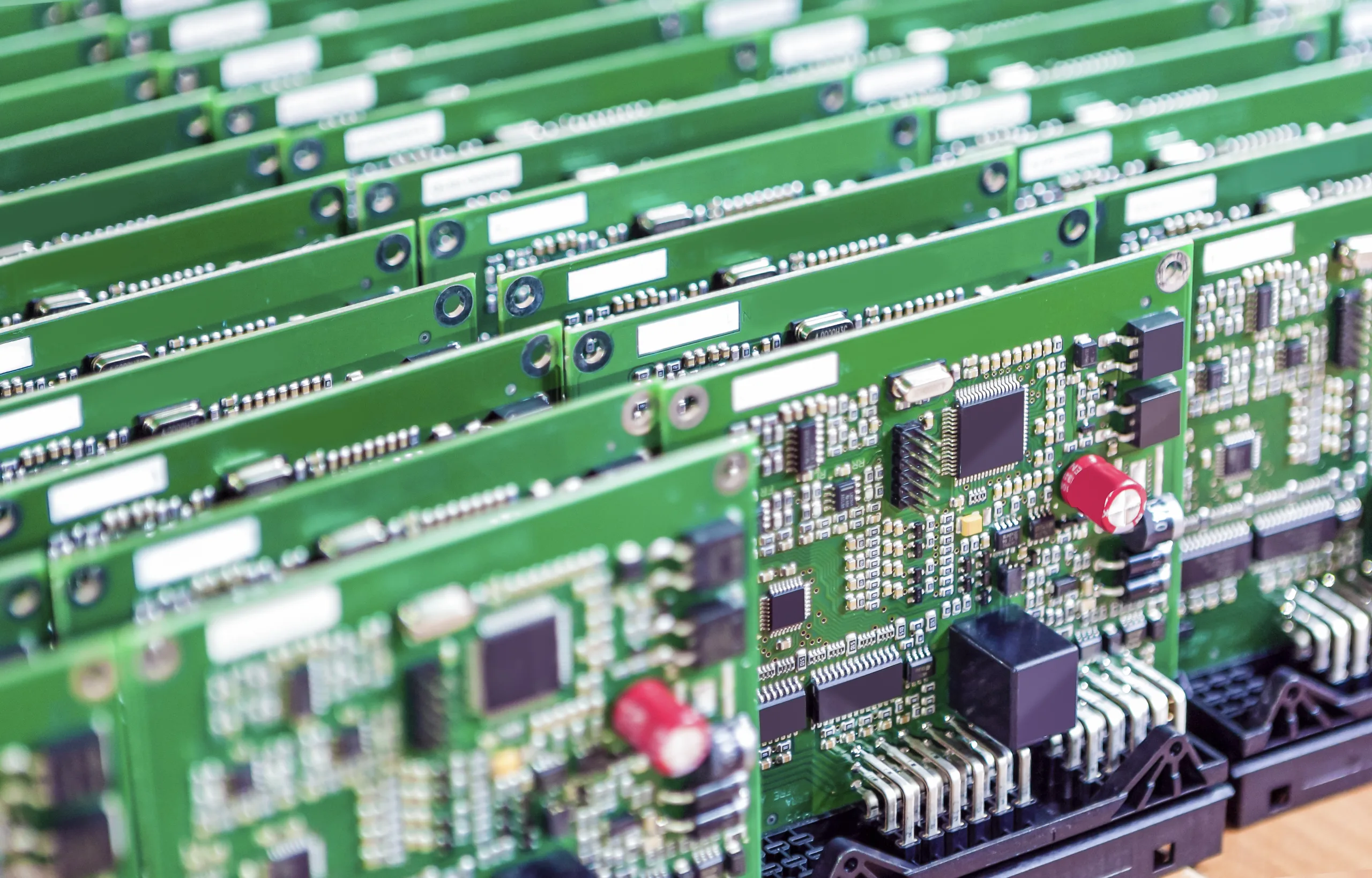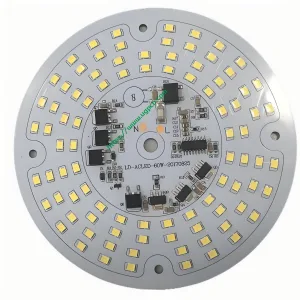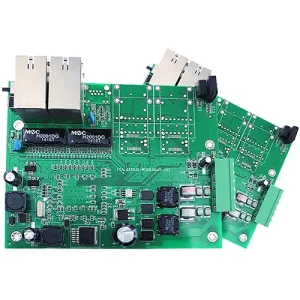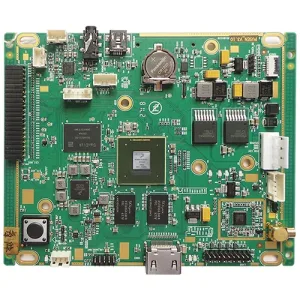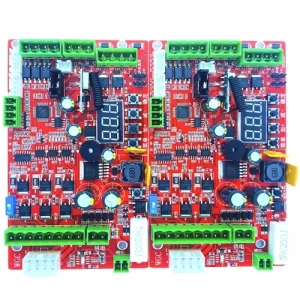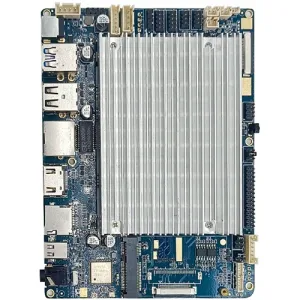There are many types of electronic instruments, and their classification methods vary.
By structure and purpose:
- Indicating instruments
Indicating instruments are direct-reading meters. Since the measurement results can be directly read through the angular displacement of the pointer, they are the most widely used electronic instruments. Various AC/DC voltmeters, ammeters, and multimeters are mostly indicating instruments.
- Integrating instruments
Integrating instruments are used to measure quantities related to practice, أي., within a certain measurement practice period, the instrument accumulates the measured values. على سبيل المثال, an electric meter is an integrating instrument for measuring electrical energy.
- Comparative instruments
Comparative instruments use the comparison method for measurement. They are divided into DC instruments and AC instruments. Bridges and potentiometric time comparison instruments are the most commonly used instruments.
- Recorders and oscilloscopes
A recorder is an instrument that continuously records the functional relationship between the measured value and another variable. Such as x-y recorders.
- Digital instruments
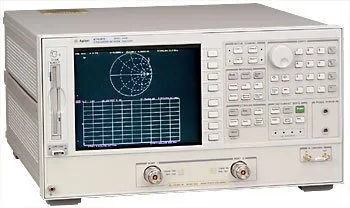
Digital display instruments use logic circuits to display the measured dimensions in digital form. Due to their high sensitivity, fast measurement speed, clear and intuitive display, convenient operation, and strong anti-interference ability, the development of digital instruments has been very rapid, and there are more and more types. Common ones include digital voltmeters, digital frequency meters, and digital multimeters.
- Range extenders
Range extension devices are used to expand the measurement range of electronic instruments, including shunts, additional resistors, measurement transformers, إلخ.
- Calibration devices
According to a certain measurement method and circuit, some standard instruments, measuring devices, and auxiliary equipment are combined to form a calibration device. It is used to calibrate common electronic instruments and meters, mainly including indicating instrument calibration devices, electric meter calibration devices, إلخ.
By working principle:
Electronic instruments can be divided into several types according to their working principles: magnetoelectric electronic instruments, electromagnetic electronic instruments, electrodynamic electronic instruments, induction electronic instruments, electrostatic electronic instruments, electronic electronic instruments, and precision machining electronic instruments.
By measurement object:
Electronic instruments can be divided into voltmeters, ammeters, power meters, frequency meters, إلخ., according to different measurement objects.
By working current:
Electronic instruments can be divided into DC instruments, AC instruments, and AC/DC dual-use instruments according to the type of working current.
By accuracy level:
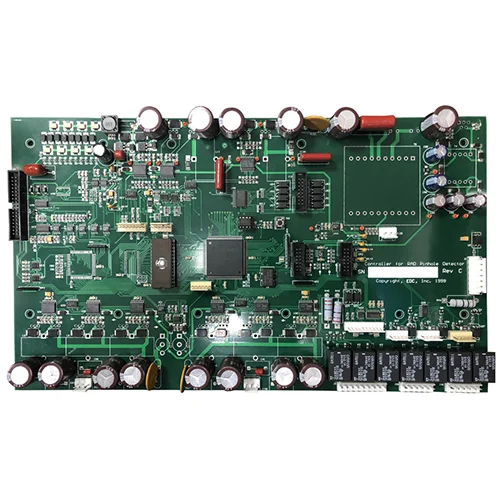
According to China’s national standard GB776-76 “General Technical Conditions for Electrical Measurement and Indicating Instruments”, the accuracy levels are divided into seven levels, namely 0.1, 0.2, 0.5, 1.0, 1.5, 2.5, 5.0. The last level of accuracy in China’s old standards was 4.0, so existing instrument products have both 5.0 و 4.0 levels.
By usage mode:
Electronic instruments can be divided into installed instruments and portable instruments according to the usage mode. Mounted instruments are usually fixedly installed on the panel of distribution boards or electrical equipment cabinets (cabinets), with low accuracy levels but generally strong overload capacity and low cost. Portable instruments are convenient to carry and easy to use. بشكل عام, they can be used in various indoor and outdoor occasions. They have high precision but poor overload capacity and high cost.
By usage conditions and environment:
Electronic instruments can be divided into five groups according to usage conditions and environments: A, A1, B, B1, ج.
By protection performance against external magnetic or electric fields:
Electronic instruments are classified into four levels according to their protection performance against external magnetic or electric fields: أنا, ثانيا, ثالثا, رابعا. Under the influence of external magnetic or electric fields, the deviation between the indicated value and the actual value of class I instruments is allowed not more than ±0.5%; class II instruments are allowed a deviation of ±1.0%; class III instruments are allowed a deviation of ±2.5%; class IV instruments are allowed a deviation of ±5.0%.
By the protective performance of the housing:
According to the protective performance of the housing, electronic instruments can be divided into seven types: general-purpose, dust-proof, splash-proof, ضد للماء, watertight, and explosion-proof. Among them, the general housing structure should protect the working part of the measuring mechanism or instrument and accessories from dirt and pests, prevent mechanical damage, and allow heat dissipation holes on the housing; the dust-proof housing should prevent dust from entering the housing; the splash-proof housing should prevent rainwater from splashing into the housing; the flameproof housing should prevent internal sparks from spreading to the external space of the housing.
We provide PCB sampling assembly, SMT patching, PCB sampling assembly services. UGPCB is your one-stop OEM contract factory.
 شعار UGPCB
شعار UGPCB
